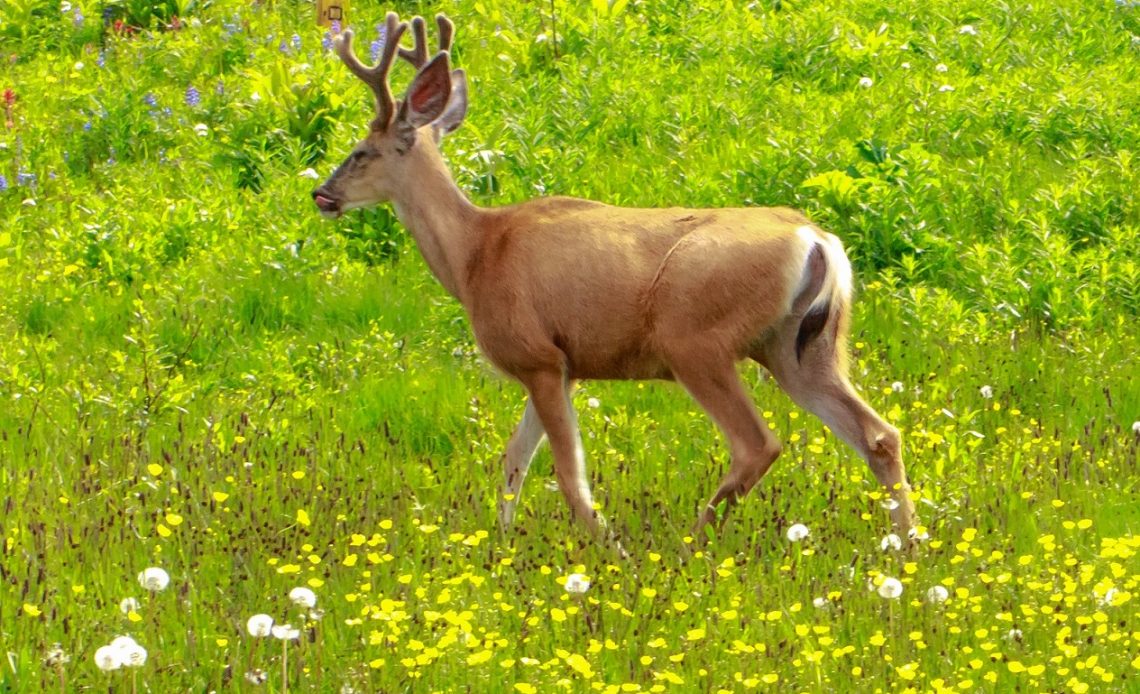

We’re here to help! Wild Yards is a completely free website that is 100% dedicated to helping you create a wildlife-friendly, sustainable yard. Read more
WildYards is reader-supported. When you buy a product through a link on our site, we may earn a comission. Every product is independently selected by our (obsessive) editors and our reviews are unbiased and objective. Read more about our mission or our privacy policy.
Summertime and the living is easy…or is it? The white-tailed deer might disagree! Whether you’re an avid hunter looking to fill up your freezer for the winter, or just enjoy the sight of a majestic stag pacing through the woods, deer are always a delight to see. And, just like attracting wild birds and attracting bats, attracting deer to your garden can be a great way to give the local wildlife a helping hand as well as bring yourself a lot of pleasure. But what are deer looking to eat in the hot summer months, and what are some of the best ways to attract them?
In the summertime, deer enjoy rich and nutritious foods such as leaves, new shoots, fruits, nuts, mushrooms, and vegetables.
What plants do deer enjoy eating in the summer?
Whitetailed deer are browsers, meaning that they mostly eat green twigs, shoots, buds, and leaves. This is especially true during the summer when the foliage is at its most lush. They will eat grass too, but it’s not a staple of their diet.
Some of the species they feed on most often are beech, aspen, oaks, willows, hazel, blackberries, elderberries, maple, honeysuckle, and even cacti! If you want to attract deer to your garden, those are some great trees and shrubs to plant. But that’s not the end of the story; in the wild, deer eat a wide variety of different plant matter, from leaves to branches to fruits to nuts to mushrooms, and they’re eager to indulge in all of summer’s variety.
What foods are safe to feed deer in the summer?
It is important to note that feeding deer is illegal in many states, including California, New York, and Pennsylvania. Feeding wild deer can help spread disease and make the deer easier prey for predators and hunters. Make sure to check your local laws before deciding to feed deer!
Summer is one of the busiest times of year for your average whitetail, and one of the times in which they need the most food! The bucks are growing antlers and putting on weight in preparation for the rut (or mating season) in the fall. Bucks can drop up to twenty percent of their body weight chasing the ladies and fighting with other bucks, so it’s important they get as much to eat as possible during the summer.
On the other side of the coin, the does will be giving birth to their fawns in late May through June, which means there are a lot of nursing mothers in the woods. They need plenty of high-quality food to make plenty of good, rich milk for their young. A doe can have up to three fawns, and will need to nurse them up to five times a day; if she doesn’t get enough to eat, she won’t produce enough milk to feed them all.
This all means that summer is the hungriest time of year for whitetails, and they will be searching for as much food as possible.
As a side note, if you find a fawn lying in the grass in your yard or the woods, do not pick it up, move it, or take it home. Does will hide their fawns while they go off to forage. Mom is nearby, and she will come back for it.
If feeding deer is legal in your state, here are five safe foods you can offer to deer in your backyard during the summer.
1.) Vegetables
Unsurprisingly, deer love fresh vegetables. Some of the veggies you can put out to attract deer are turnips, carrots, cabbage, celery, kale, and squash. As a side note, if you want to feed deer in your garden you probably shouldn’t count on growing any kind of vegetables for yourself!
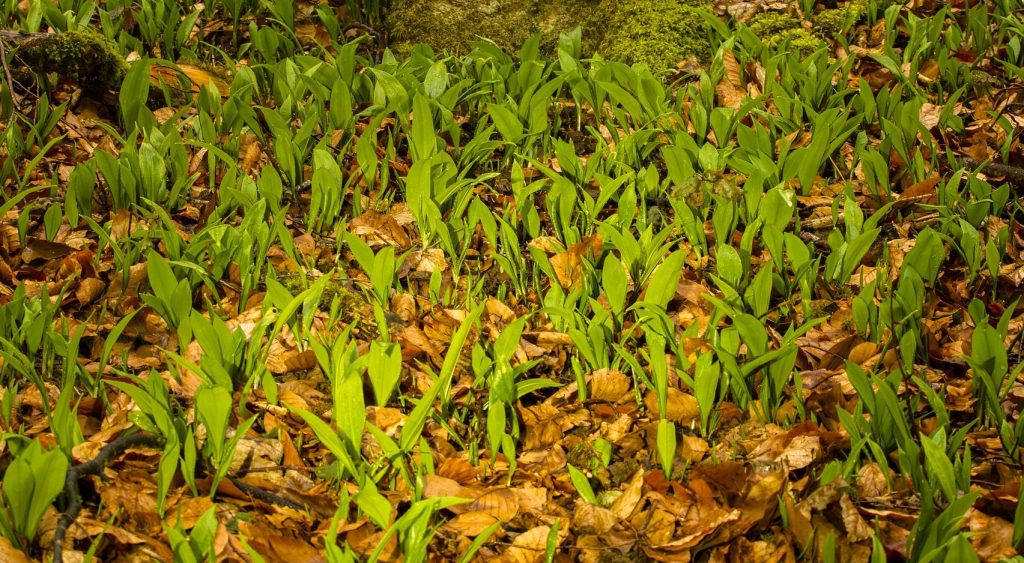
2.) Legumes and pulses
During the summer, deer need a lot of protein to help with milk production and antler growth. Legumes like peas, lentils, black-eyed peas, clover, alfalfa, and soybeans are great high-protein foods you can offer. If you want to attract wildlife to your yard, planting wild legumes like clovers (red or white) will not just make it attractive to deer, but also to birds and pollinating insects (which in turn will attract bats).
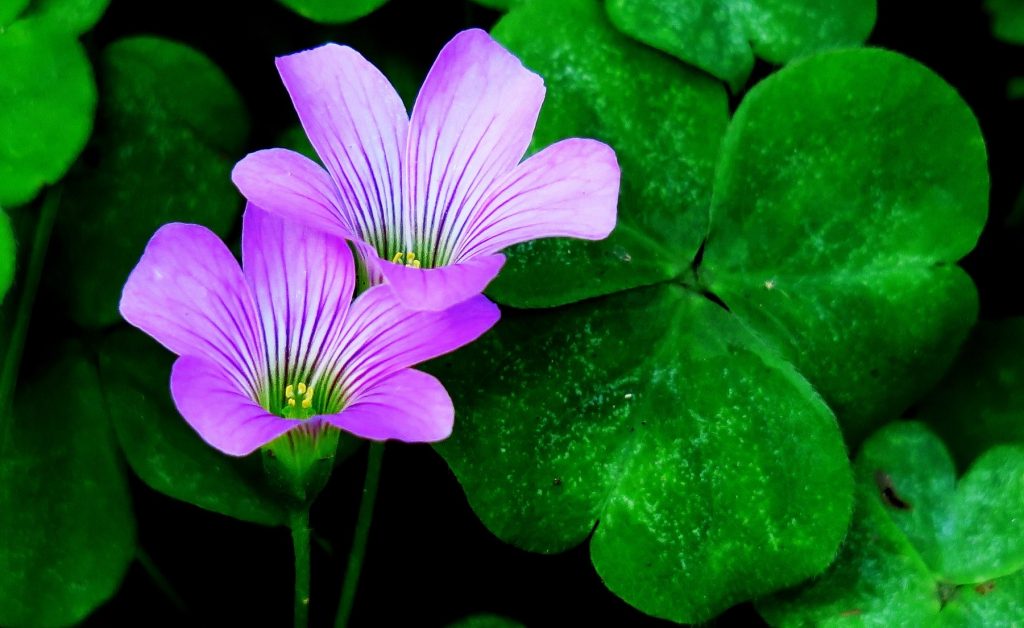
3.) Fruit and nuts
One thing that you might not realize about deer is that they love fruits and nuts! Acorns, peanuts, and chestnuts aren’t just for squirrels; they provide much-needed fat, carbs, and protein for deer, which are all great for growing new antlers. Even peanut butter is quite attractive to visiting deer, though it should be offered sparingly. Deer, much like people, also love sweets, and will happily munch apples, blackberries, persimmons, blueberries, grapes, mulberries, plums, raspberries, cherries, oranges, plums, watermelon, and pumpkins. Planting fruit/nut trees and berry bushes will make your garden a veritable feast for antlered visitors. Come the fall, if feeding is legal, you can always put your leftover jack-o-lanterns out for the deer; they’ll love the treat!
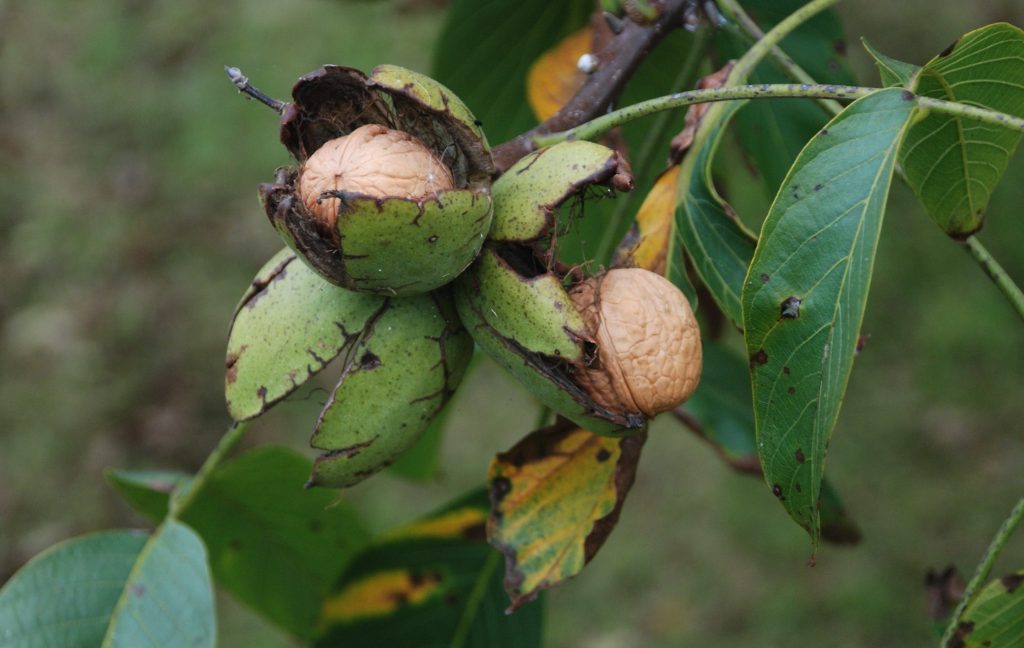
4.) Oats
If feeding deer is legal in your state, oats are a cheap and easy option; they’re easy to digest and rich in both fiber and carbohydrates. However, they’re a better option for winter than summer. Deer prefer fresh greenery and fruits in the summertime.
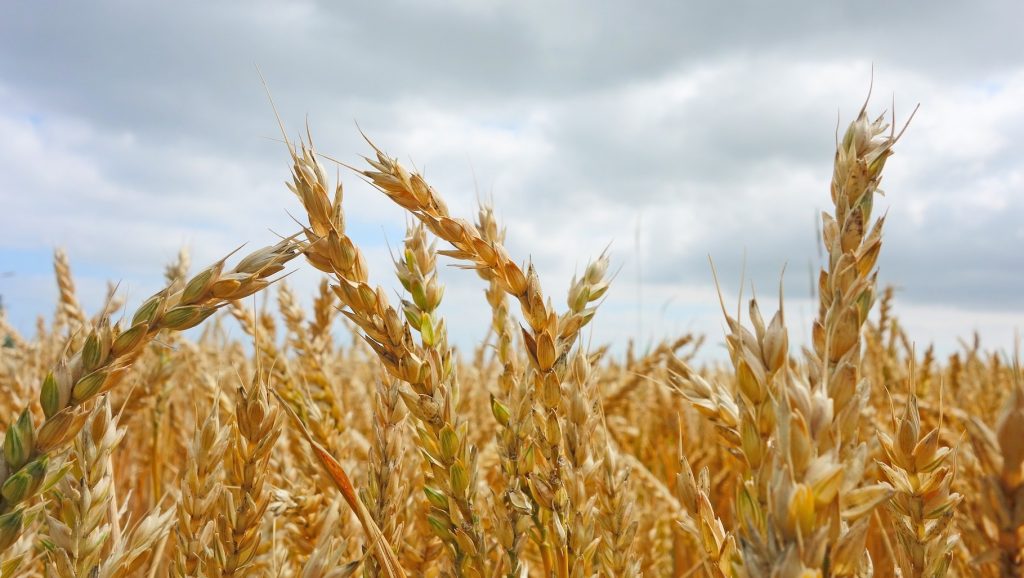
5.) Pre-mixed deer feed
If all of this seems intimidating, don’t worry; there are many commercial, pre-mixed deer feeds on the market. These pellets will provide all the nutrition a healthy deer will need, and usually have a little molasses or similar mixed into them to make them attractive and tasty.
What shouldn’t you feed deer in the summer?
While a lot of commercial deer feeds include corn in moderate amounts, it’s not a good idea for you to feed regular dried corn or sweet corn to your deer. Corn has little nutritional value, is low in fiber, and it’s high in starch, making it very difficult for deer to digest. Too much corn can cause severe health problems in deer, possibly even killing them. This is also why it’s a bad idea to put out wheat or hay for deer; their digestive systems have trouble breaking it down and getting any nutrition from it, and it can be harmful to them.
For the same reason, it’s a bad idea to feed wheat-based human foods like bread to wild deer. Cooked food in general just isn’t good for them, especially if it’s high in sugar.
Finally, there are a lot of arguments against feeding large wildlife like deer in general. Feeding deer can increase the spread of disease amongst the local populations, and having deer congregate in particular areas can make them more vulnerable to predators. Think carefully before you decide to feed deer, and remember to check the laws in your state!
Should you feed deer in the summer?
Deer are a hugely important part of the local ecosystem, and there are lots of reasons you might want to attract them to your garden. Putting food out for deer may or may not be legal in your state; if it is, fruits and vegetables, as well as commercial deer feeds, can provide a delicious source of food for your local herds. If not, there are lots of trees, shrubs, and wildflowers you can plant to help entice deer to your yard. Have fun, and enjoy your antlered neighbors!
